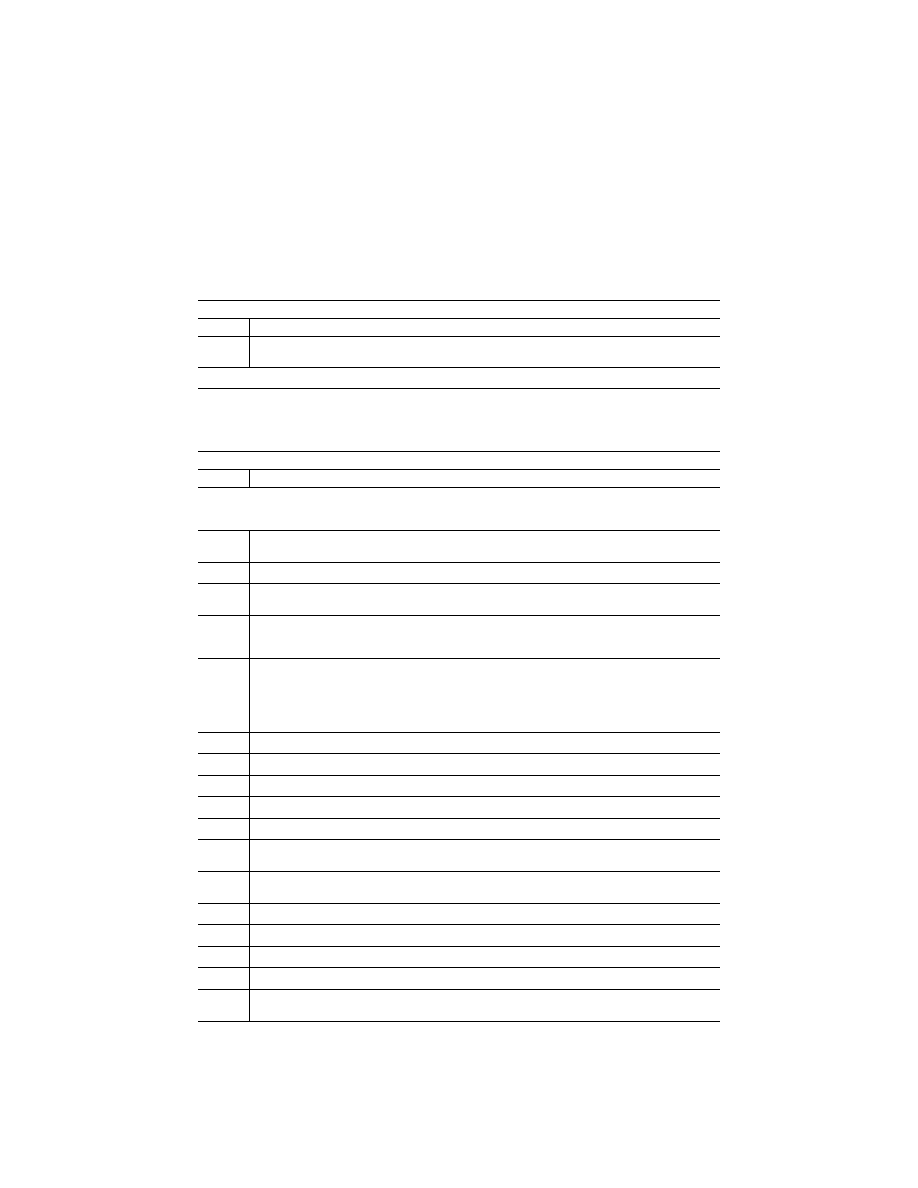
350
14 CFR Ch. I (1–1–14 Edition)
Pt. 60, App. D
T
ABLE
D3B—T
ABLE OF
F
UNCTIONS AND
S
UBJECTIVE
T
ESTS
A
IRPORT OR
L
ANDING
A
REA
C
ONTENT
R
EQUIREMENTS FOR
Q
UALIFICATION AT
L
EVEL
7 FTD—Continued
QPS requirements
Entry No.
Operations tasks
10. ............
Sponsors are not required to provide every detail of a runway, but the detail that is provided should be correct
within reasonable limits.
End Information
T
ABLE
D3C—T
ABLE OF
F
UNCTIONS AND
S
UBJECTIVE
T
ESTS
L
EVEL
7 FTD V
ISUAL
R
EQUIREMENTS
A
DDITIONAL
V
ISUAL
M
ODELS
B
EYOND
M
INIMUM
R
EQUIRED FOR
Q
UALIFICATION
C
LASS
II A
IRPORT
OR
H
ELICOPTER
L
ANDING
A
REA
M
ODELS
QPS requirements
Entry No.
Operations tasks
This table specifies the minimum airport or helicopter landing area visual model content and functionality necessary to add vis-
ual models to an FTD’s visual model library (i.e., beyond those necessary for qualification at the stated level) without the ne-
cessity of further involvement of the NSPM or TPAA.
1. ..............
Visual scene management.
The following is the minimum visual scene management requirements.
1.a. ...........
The installation and direction of the following lights must be replicated for the ‘‘in-use’’ surface:
1.a.1. ........
For ‘‘in-use’’ runways: Strobe lights, approach lights, runway edge lights, visual landing aids, runway centerline
lights, threshold lights, and touchdown zone lights.
1.a.2. ........
For ‘‘in-use’’ helicopter landing areas: Ground level TLOF perimeter lights, elevated TLOF perimeter lights (if appli-
cable), Optional TLOF lights (if applicable), ground FATO perimeter lights, elevated TLOF lights (if applicable),
landing direction lights.
2. ..............
Visual feature recognition.
The following are the minimum distances at which runway or landing area features must be visible. Distances are
measured from runway threshold or a helicopter landing area to an aircraft aligned with the runway or helicopter
landing area on a 3
°
glide-slope from the aircraft to the touchdown point, in simulated meteorological conditions.
For circling approaches, all tests apply to the runway used for the initial approach and to the runway of intended
landing.
2.a. ...........
For Runways.
2.a.1. ........
Strobe lights, approach lights, and edge lights from 5 sm (8 km) of the threshold.
2.a.2. ........
Centerline lights and taxiway definition from 3 sm (5 km).
2.a.3. ........
Visual Approach Aid lights (VASI or PAPI) from 5 sm (8 km) of the threshold.
2.a.4. ........
Threshold lights and touchdown zone lights from 2 sm (3 km).
2.a.5. ........
Markings within range of landing lights for night/twilight (dusk) scenes and as required by the surface resolution
test on daylight scenes.
2.a.6. ........
For circling approaches, the runway of intended landing and associated lighting must fade into view in a non-dis-
tracting manner.
2.b. ...........
For Helicopter landing areas.
2.b.1. ........
Landing direction lights and raised FATO lights from 2 sm (3 km).
2.b.2. ........
Flush mounted FATO lights, TOFL lights, and the lighted windsock from 1 sm (1500 m).
2.b.3. ........
Hover taxiway lighting (yellow/blue/yellow cylinders) from TOFL area.
2.b.4. ........
Markings within range of landing lights for night/twilight (dusk) scenes and as required by the surface resolution
test on daylight scenes.
VerDate Mar<15>2010
20:48 Jan 30, 2014
Jkt 232047
PO 00000
Frm 00360
Fmt 8010
Sfmt 8002
Q:\14\14V2.TXT
ofr150
PsN: PC150